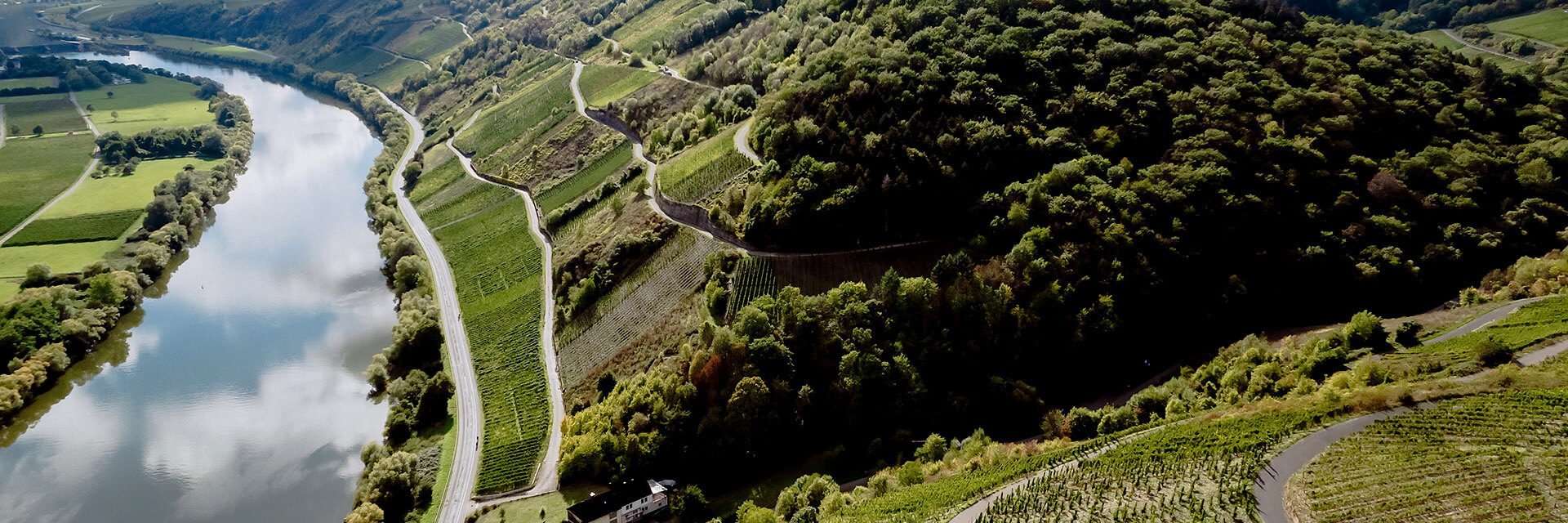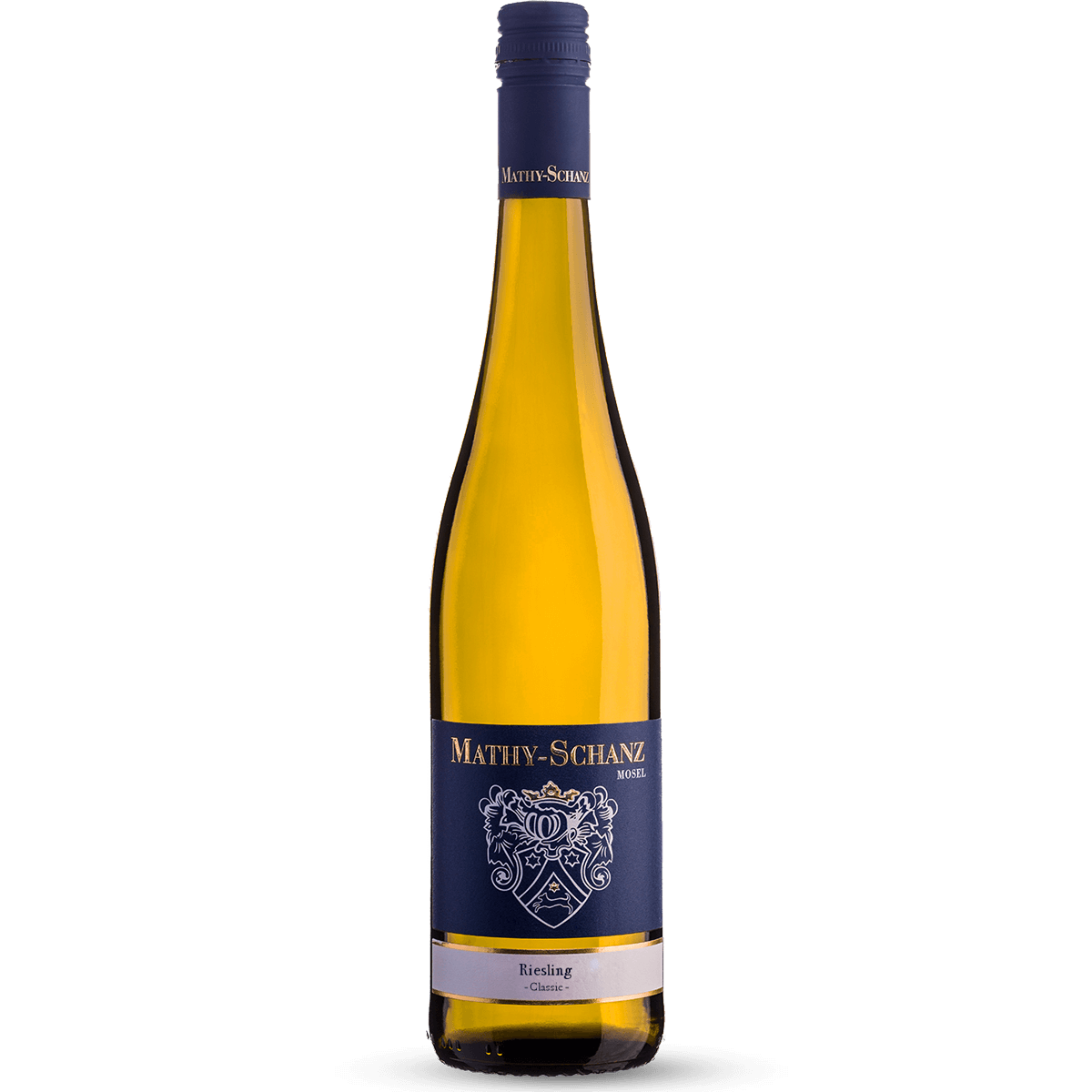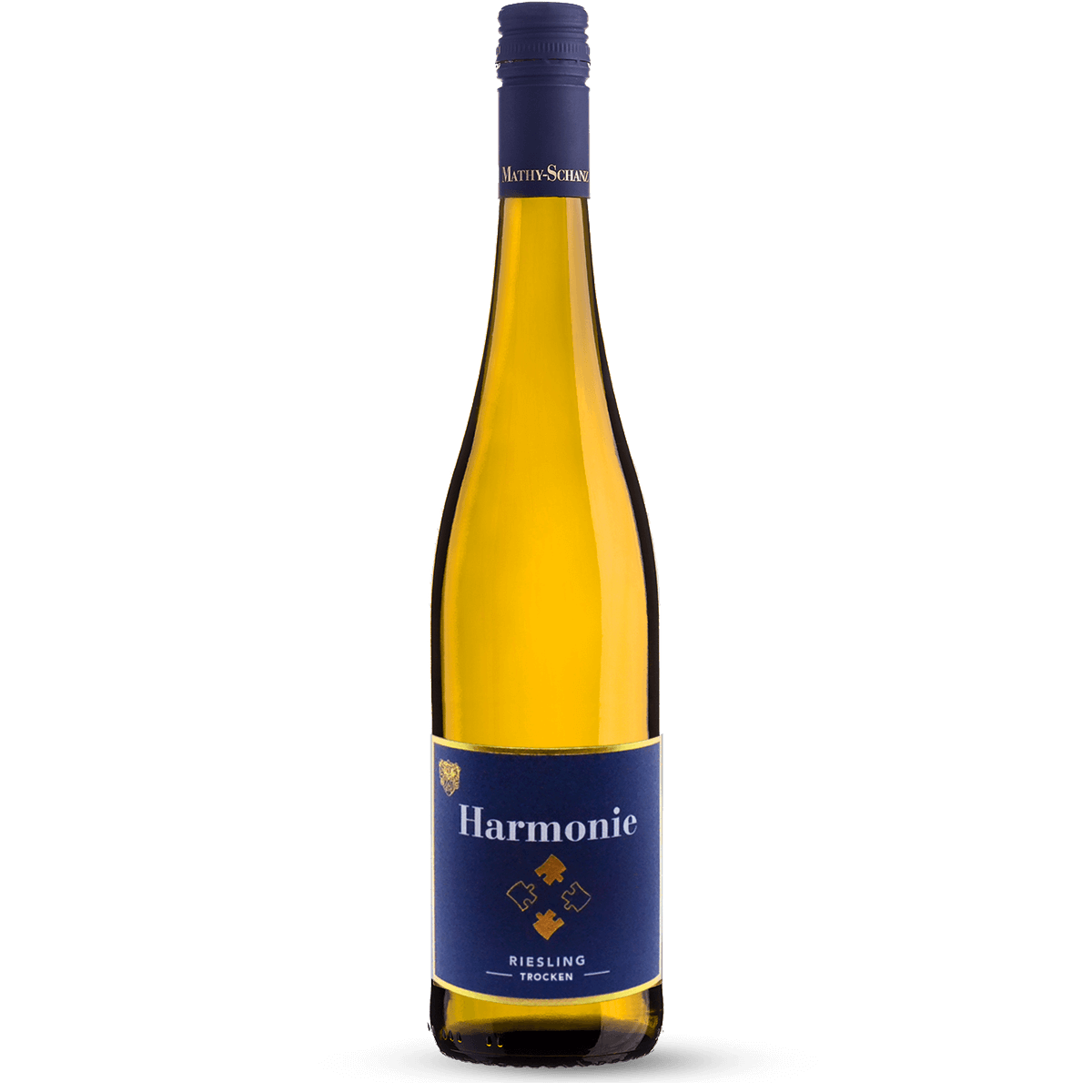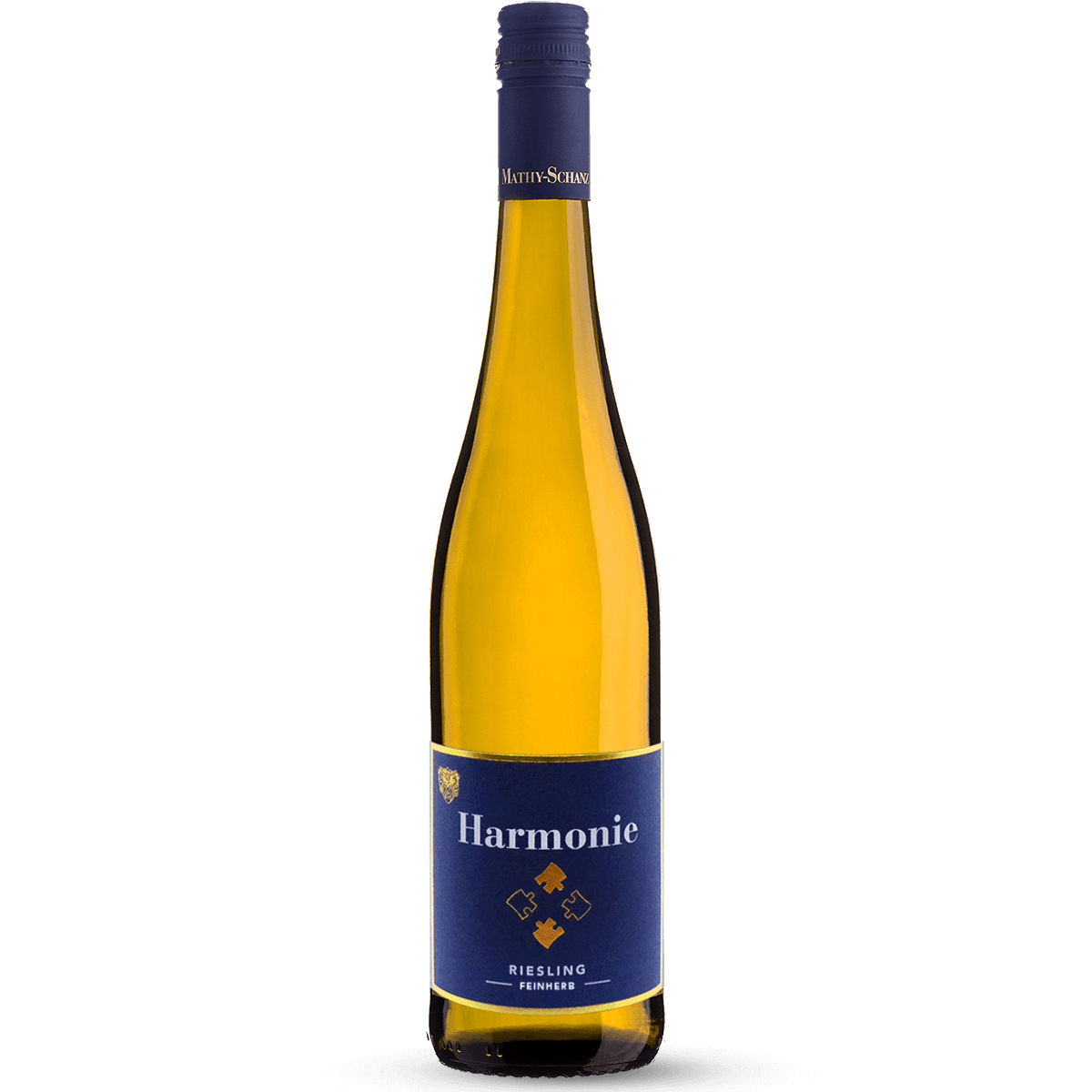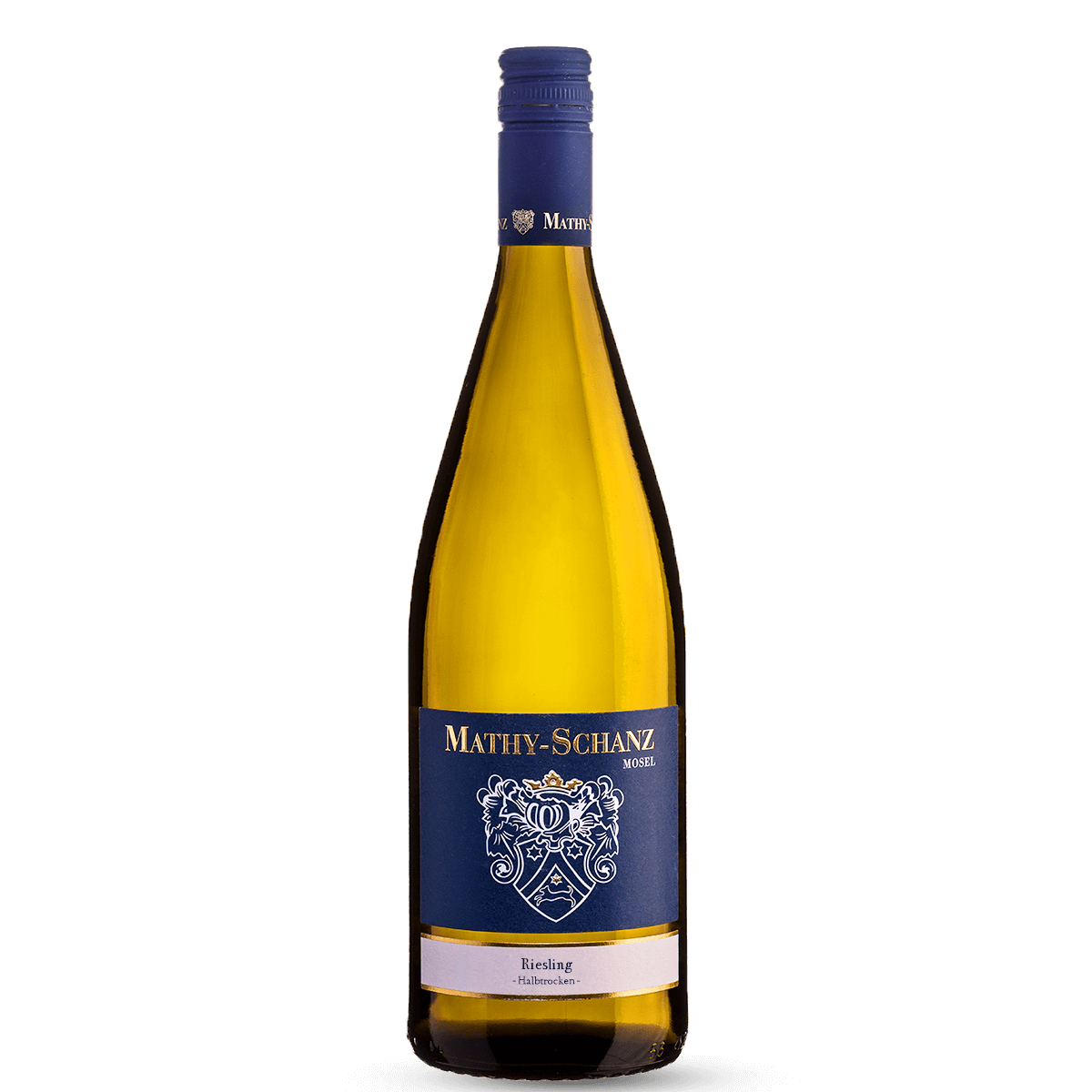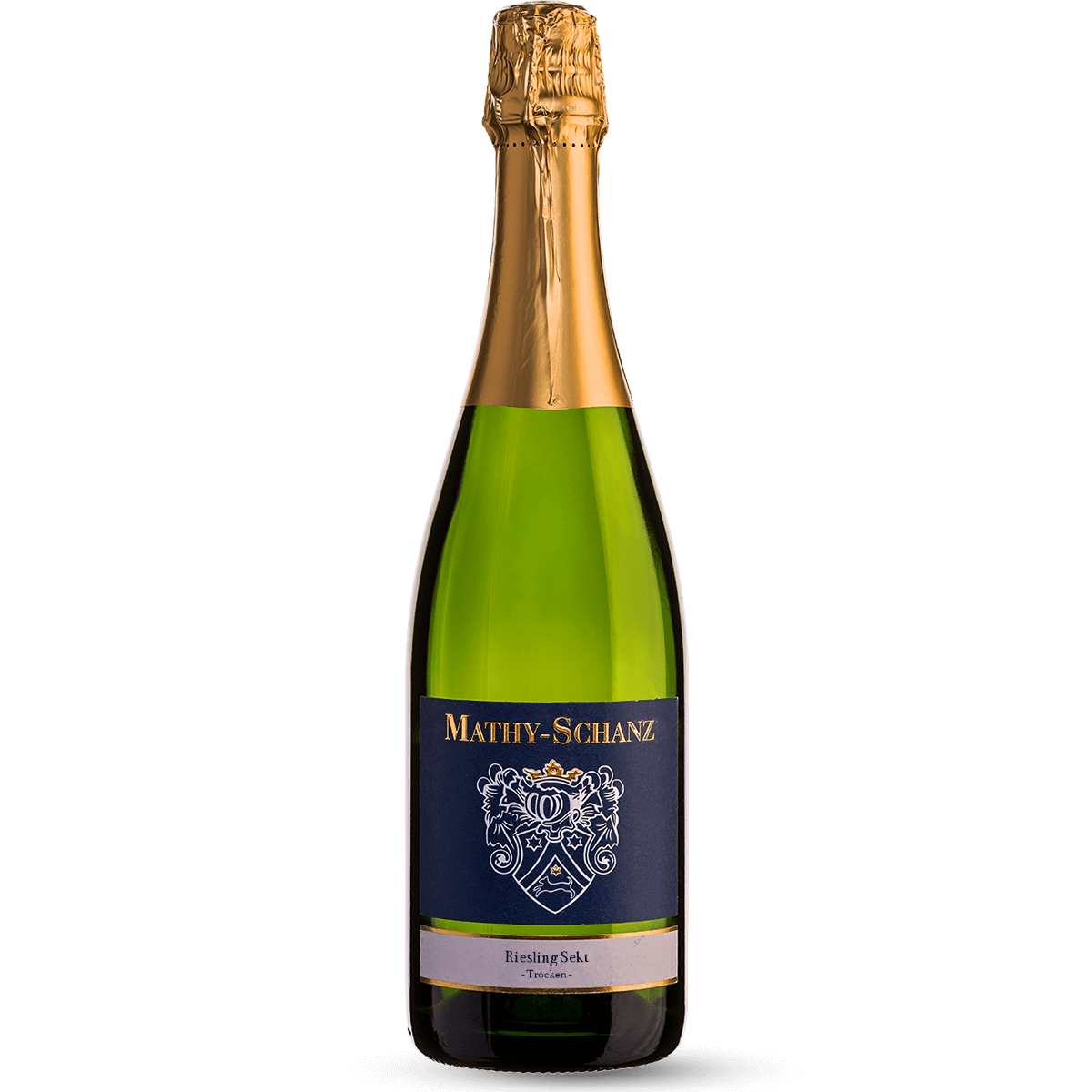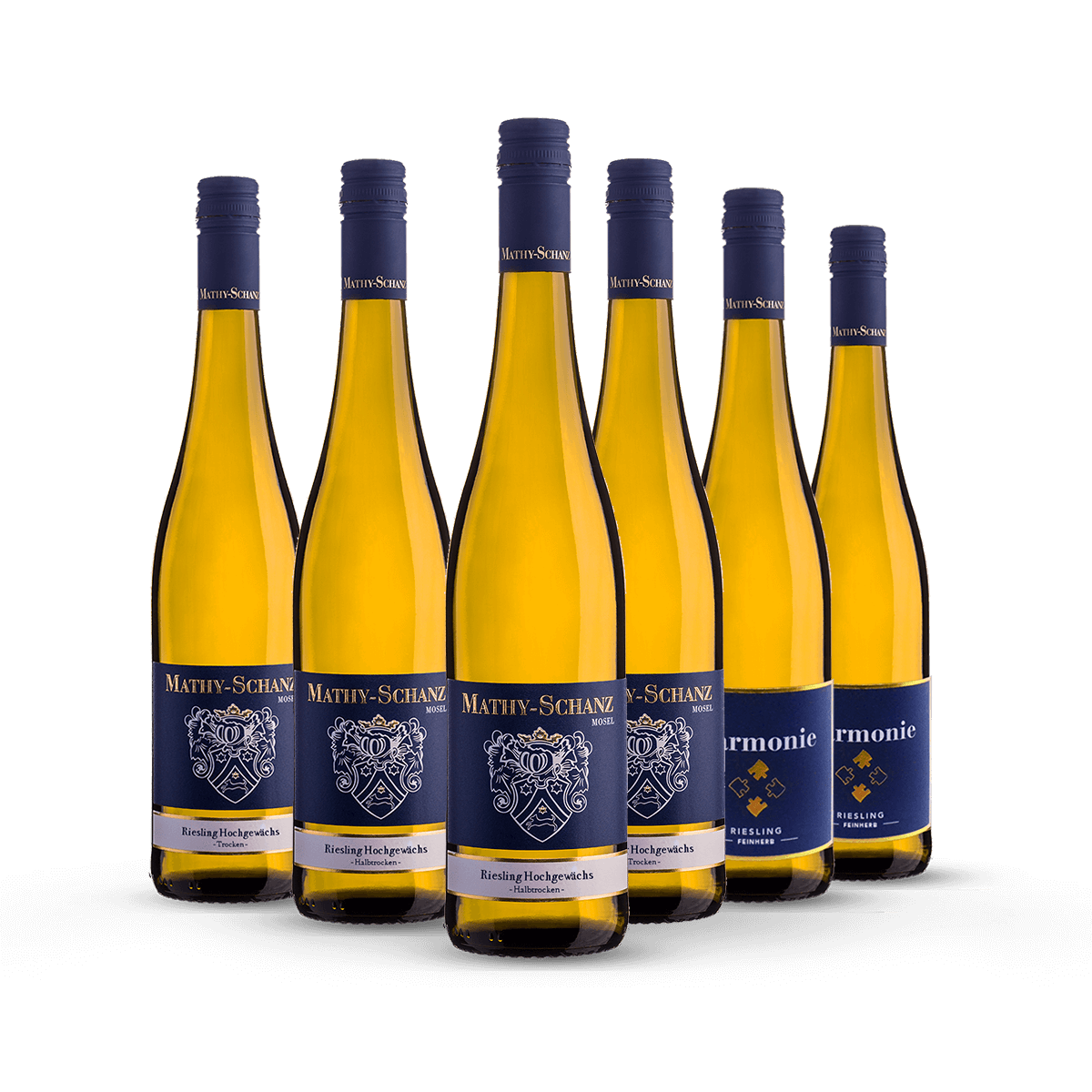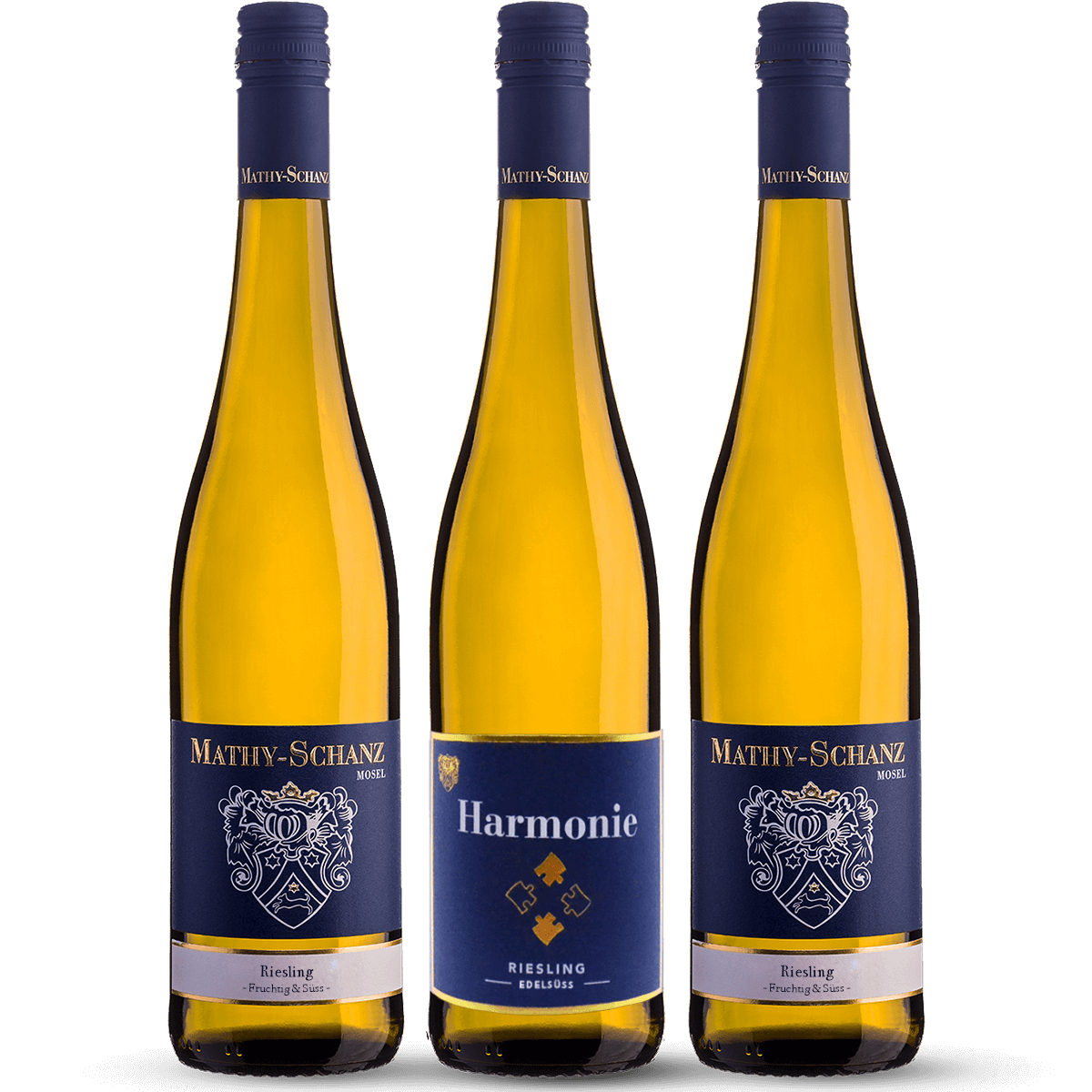
The Riesling and the Moselle.
The Moselle and Riesling both have a long history and are strongly connected. The grape variety Riesling is considered the best white grape variety in the world and grows particularly well at the Moselle and its steep slopes. That is why the cultivation of Riesling also plays a major role in our winery, because Riesling from the Moselle is in great demand worldwide.
The importance of Riesling in the region.
In terms of the area planted with Riesling, the Moselle ranks second in Germany. With 5,393 hectares in 2018, the Moselle is one of the most important growing areas for Riesling in Germany and around the world and accounts for almost a quarter of German Riesling production. How crucial this grape variety is for the Moselle becomes apparent when one considers the area under cultivation of Riesling in relation to the total area. According to German wine statistics 2018/2019, this is 8,770 hectares at the Moselle, with Riesling accounting for over 60% of the grape varieties cultivated.
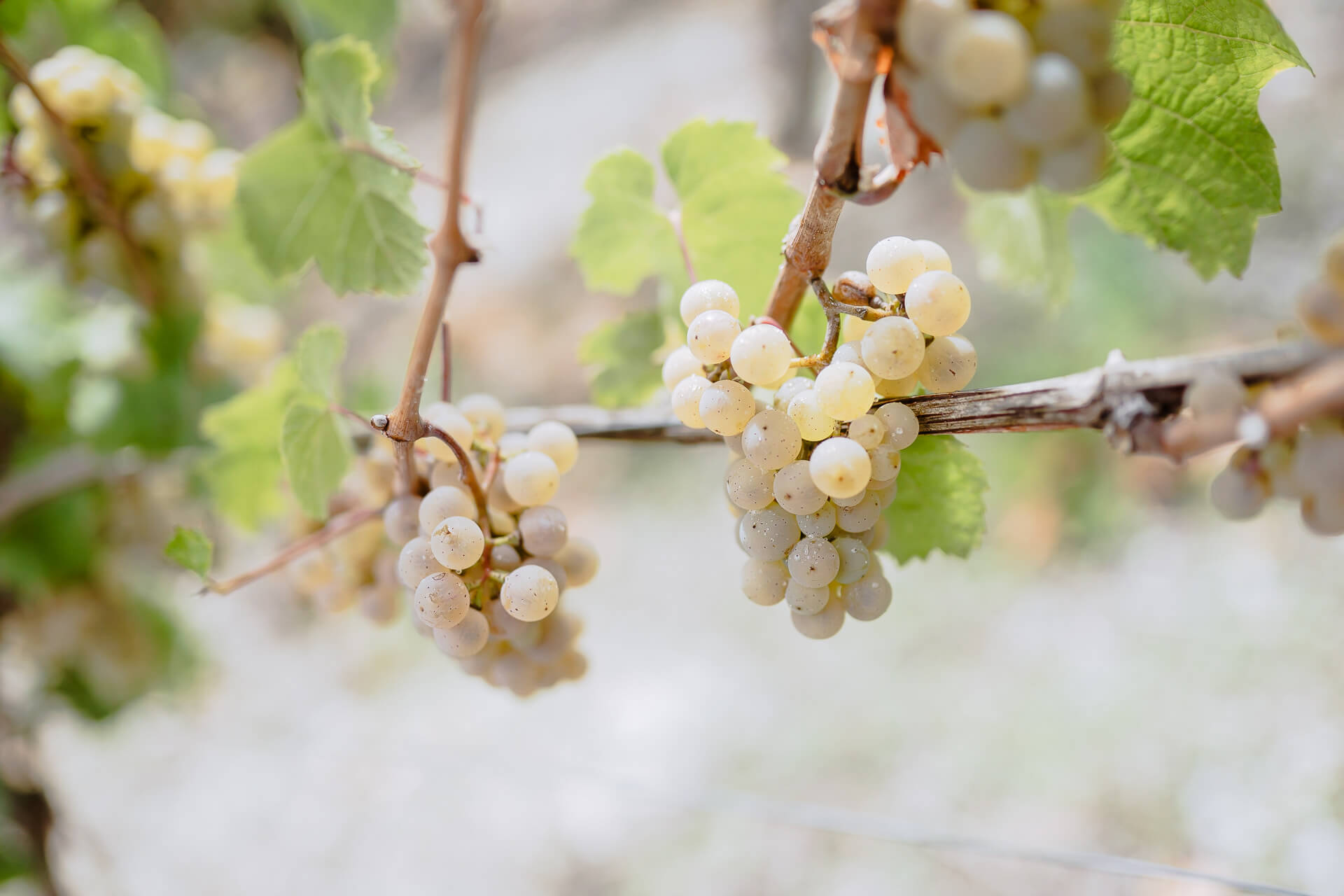
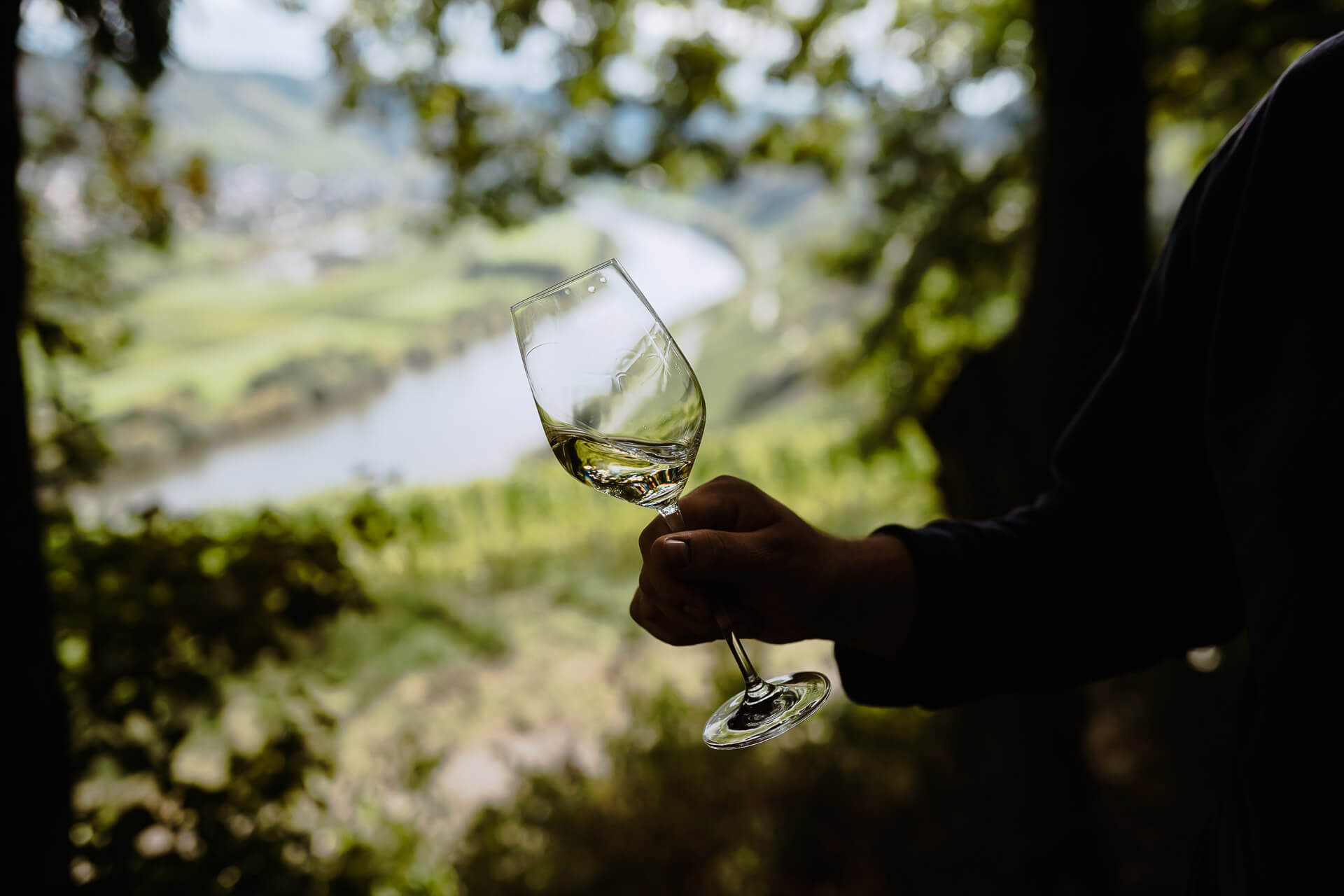
Fascination Moselle Riesling.
No matter where in the world experts talk about Riesling, it doesn't take long before the wine-growing region of the Moselle is mentioned. The Moselle with its steep slopes, which are mostly covered with slate and boast a great terroir, have an excellent reputation in the global wine scene. The best vineyards, most of which produce award-winning Riesling and achieve top prices at auctions, can be found at the Middle Moselle. The special geographical conditions in combination with the soil and climate make the Riesling from the Moselle unmistakably delicate, noble and extremely popular.
Telephone advice or ordering
Mon - Sat 8:00 a.m. - 6:00 p.m
Phone +49 (0) 653 571 40
Moselle wine directly from the winemaker
Grown, harvested and bottled by us at the Middle Moselle.

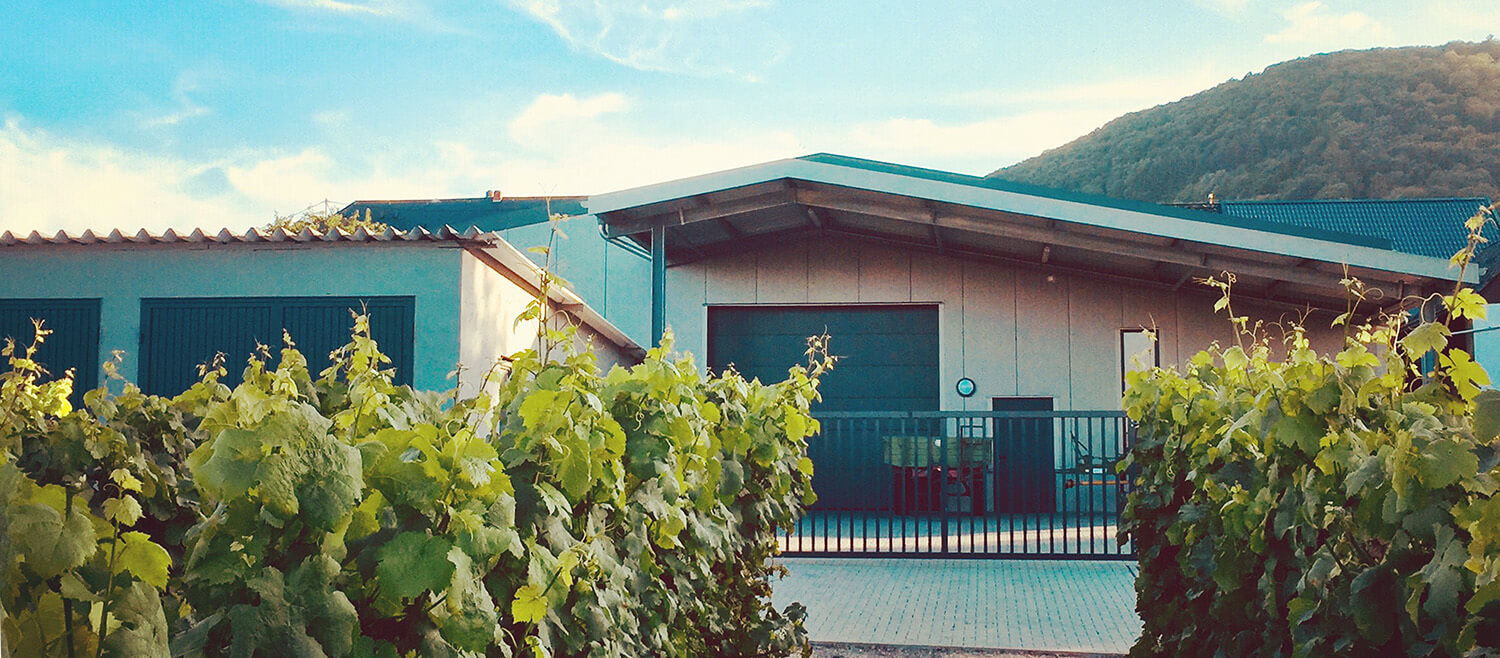
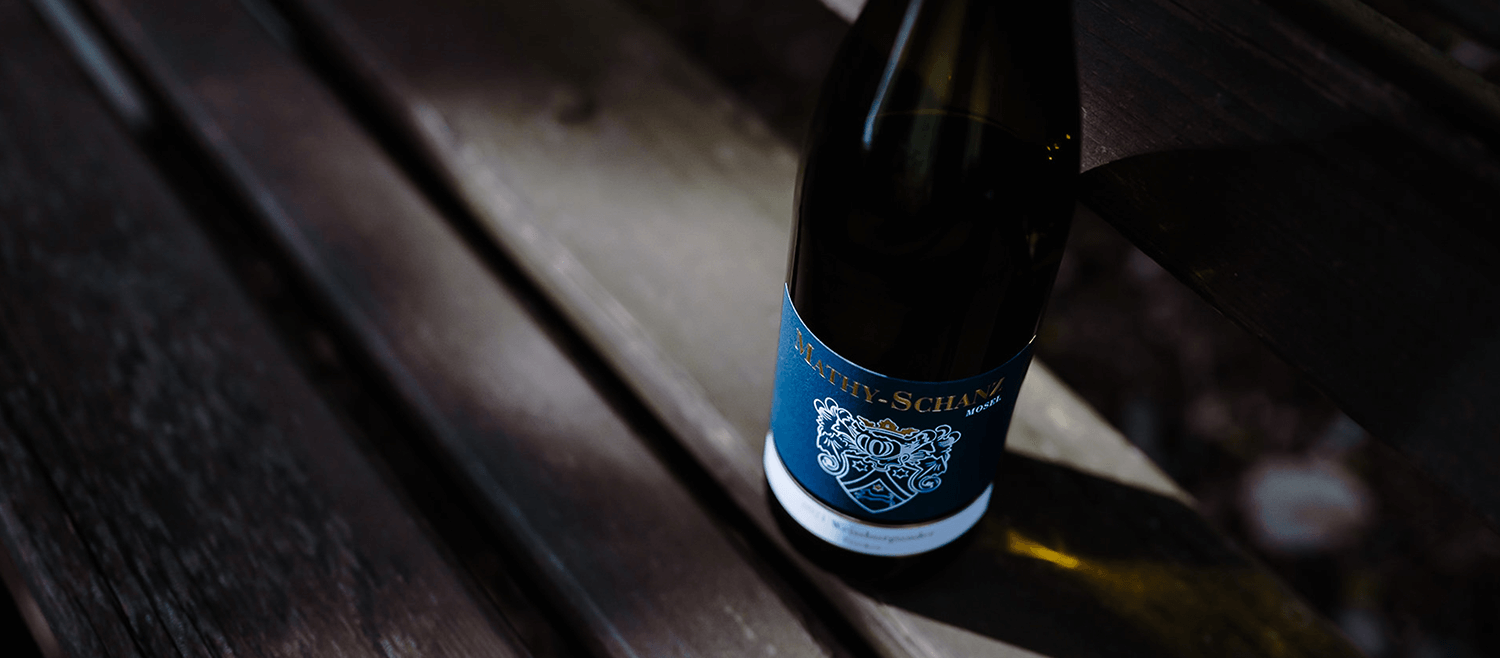
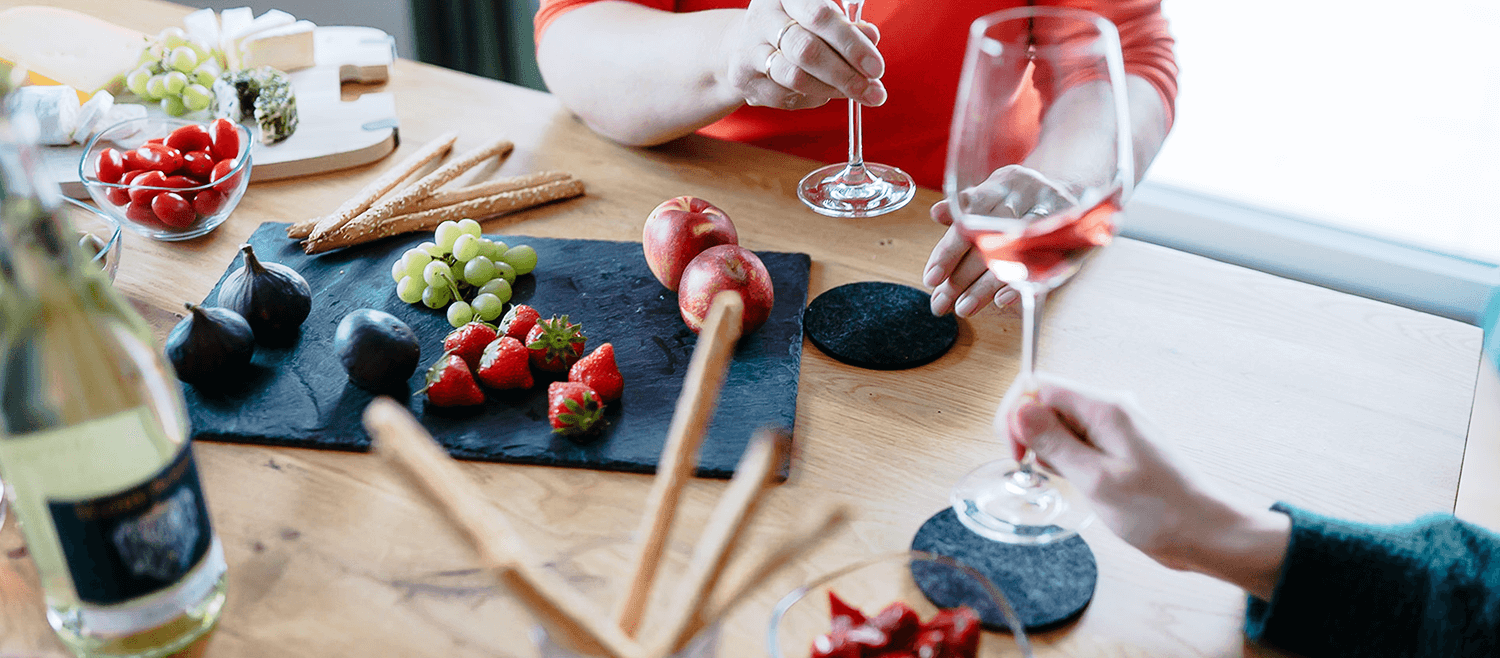

.jpg?ts=1728313977)
